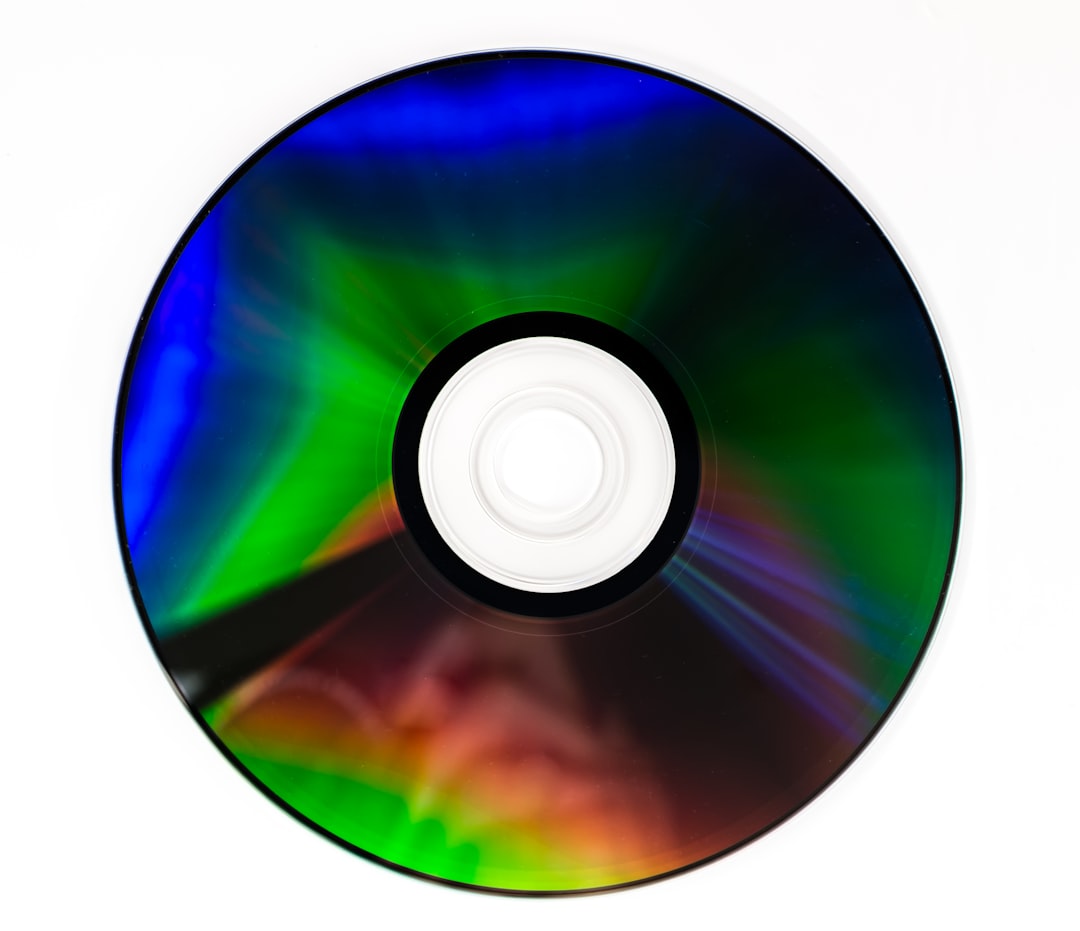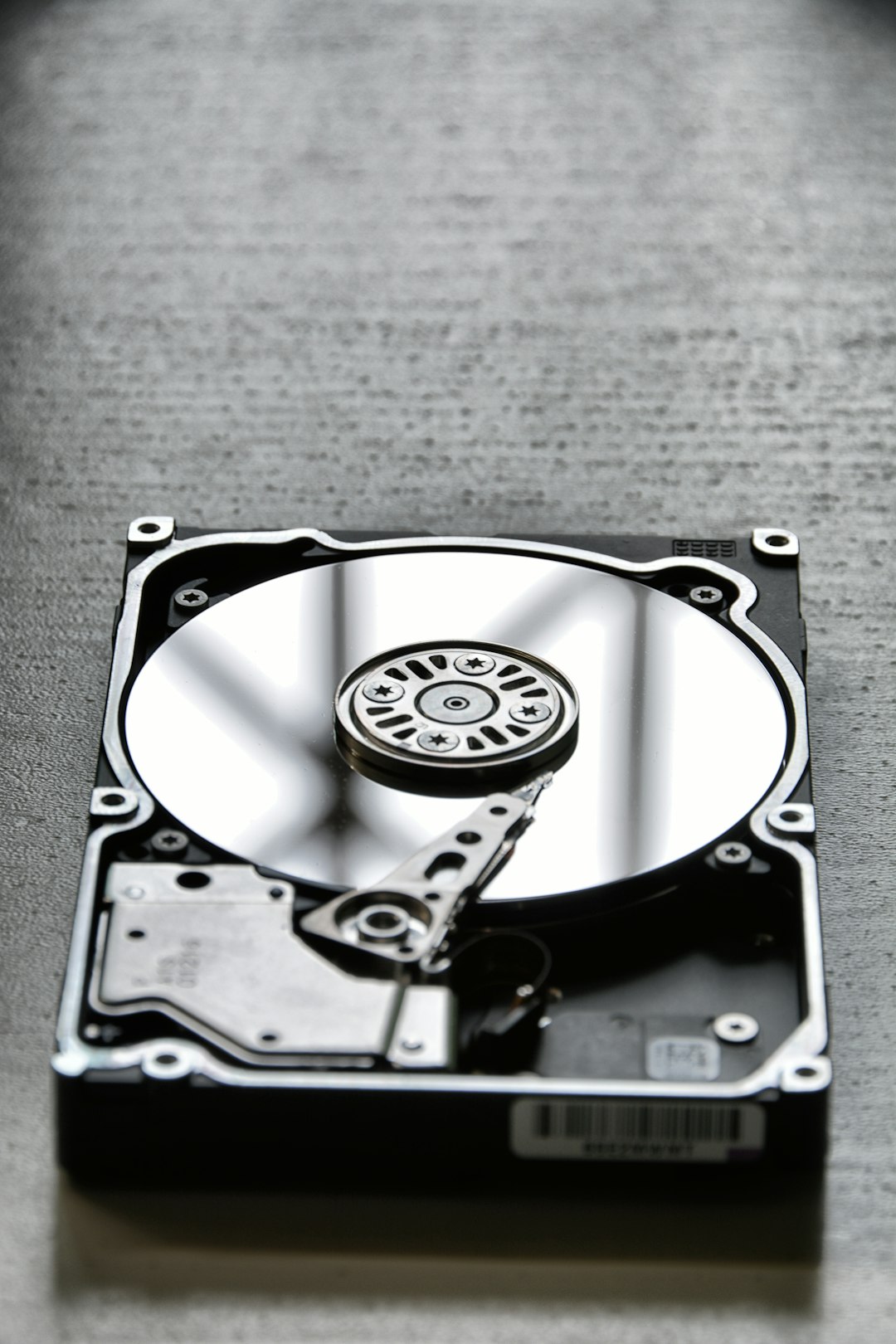Transferring files between devices should be a simple task, right? Yet, sometimes you encounter a frustrating error message: “The item can’t be copied because it is too large for the volume’s format.” If you’ve ever run into this issue while copying a large file to a USB drive or external hard drive, you’re not alone. Fortunately, understanding this error — and how to fix it — is straightforward once you know what’s going on.
Why Does This Error Occur?
This error most commonly occurs due to file system limitations. By default, many external drives, especially USB flash drives, are formatted using the FAT32 file system. While FAT32 is compatible with a wide range of devices and operating systems, it comes with a significant limitation: it can’t handle individual files larger than 4 GB. So even if your drive has ample free space, you’ll still hit a wall if your file exceeds this size threshold.

Common Scenarios
You might encounter this error in several situations, such as:
- Trying to copy a high-definition video file to a USB stick.
- Transferring a disk image file (.ISO or .DMG) for backup.
- Moving a large zipped project folder to external storage.
How to Fix the “Too Large for the Volume’s Format” Error
The best way to resolve this issue is by reformatting the drive to a file system that supports larger files. Below are some of the most common file system formats and their file size limits:
- FAT32: 4 GB max file size (common default)
- exFAT: No realistic size limit, supports large files
- NTFS: No realistic size limit, but read-only on macOS without additional drivers
- APFS or Mac OS Extended: Great for Mac systems; not readable by Windows machines without special software
Option 1: Reformat to exFAT (Recommended for Cross-Platform Use)
Pros: Works with both Windows and macOS, supports very large files.
Steps:
- Back up the contents of your USB or external drive, as reformatting will erase all data.
- Insert the drive into your computer.
-
For Windows: Right-click the drive in File Explorer > Click Format > Choose exFAT as the file system > Start.
For Mac: Open Disk Utility > Select the drive > Click Erase > Choose exFAT > Erase. - Re-copy your large file to the newly formatted drive.
That’s it! You should now be able to transfer even very large files without any errors.

Option 2: Compress the File (Temporary Workaround)
If reformatting the drive is not an option, you could try compressing the file using a utility such as ZIP or RAR. This sometimes reduces the file size enough to fall below the FAT32 limit — but this approach is not consistent or reliable for all types of files.
An Important Note About File Compatibility
Before choosing a formatting option, think about which operating systems you’ll use with the drive. For example:
- Use exFAT: If you’ll be using both Windows and Mac.
- Use NTFS: If you’ll only use Windows and don’t need write access on Mac.
- Use APFS: If you’re exclusively using macOS.
Conclusion
The dreaded “file too large for the volume’s format” error is more of a nuisance than a complicated technical issue. Understanding that FAT32 has strict size limitations helps demystify the problem. Reformatting your drive to exFAT is usually the simplest and most effective way to solve it — especially if you want your drive to work seamlessly across different devices and systems.
Say goodbye to cryptic error messages and hello to hassle-free file transfers!


